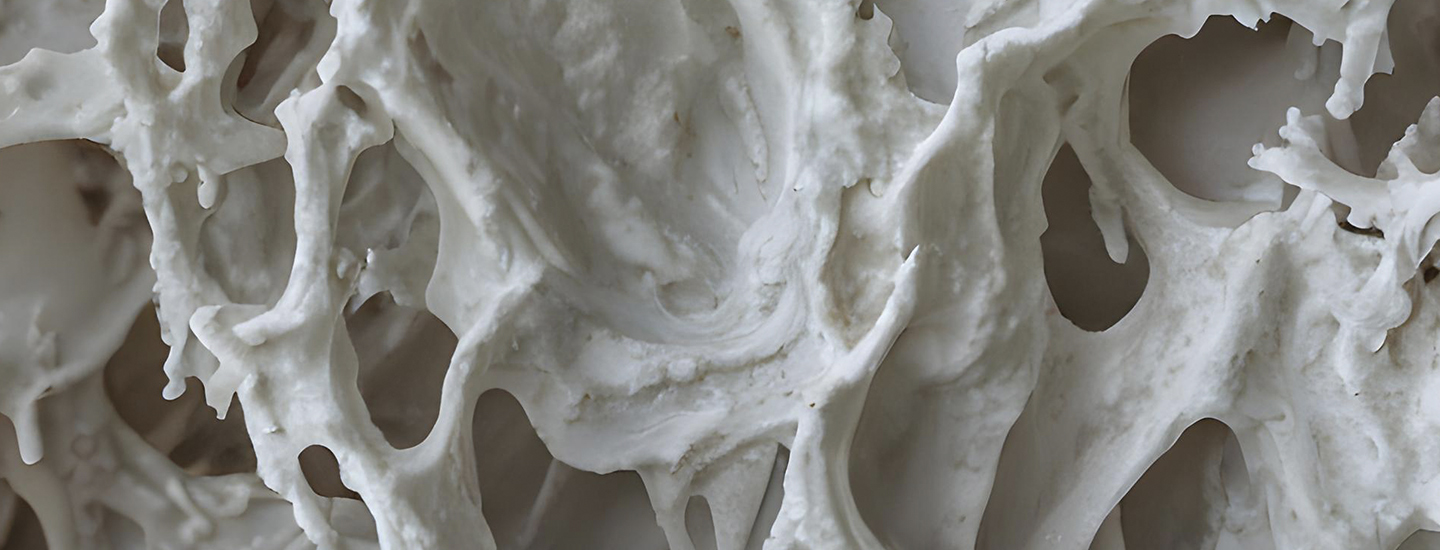CORAL BLEACHING II

PL: CORAL BLEACHING II to antropogeniczne zjawisko utraty symbiotycznych glonów przez koralowce tworzące rafy koralowe. Bezpośredni wpływ na ich pogarszającą się sytuację, ma wzrost średniej temperatury mórz i oceanów, czego przyczyną jest globalne ocieplenie klimatu. Rafy należą do ekosystemów najbardziej wrażliwych na zmiany klimatyczne. Koralowce żyją w symbiotycznych związkach z mikroskopijnymi algami zwanymi zooksantellami (Symbiodinium spp.), które odpowiadają za ich wyraziste kolory i poprzez fotosyntezę dostarczają im do 90% energii. Stresory środowiskowe jakimi są: wzrost średniej temperatury mórz i oceanów, wraz z wysokim natężeniem promieniowania, zakłócają ten związek. Algi opuszczają koralowce, kiedy wzrasta temperatura wody lub poziom jej zanieczyszczenia. Koralowiec traci wówczas główne źródło pożywienia, zaczyna głodować i traci barwę – ulega wybieleniu (ang. coral bleeching), jego tkanki stają się przezroczyste i uwidaczniają jego biały szkielet. Jeśli niesprzyjające warunki będą krótkotrwałe, algi powrócą do koralowca, który stanie się bardziej podatny na choroby, jeśli jednak będą miały charakter przewlekły, koralowiec umrze z głodu.
Coral Bleaching II to druga część odsłona projektu, w którego skład wchodzi stworzona od podstaw hybrydyczna, trójwymiarowa rafa, będąca odtworzeniem aragonitowego szkieletu koralowca oraz jej alternatywne wersje, powstałe poprzez współpracę ze sztuczną inteligencją.
ENG: It is an anthropogenic phenomenon of the loss of symbiotic algae by coral forming coral reefs. The direct impact on their deteriorating situation is caused by the increase in the average sea and ocean temperatures, resulting from global climate warming. Coral reefs belong to the most sensitive ecosystems to climate changes. Coral polyps live in symbiotic relationships with microscopic algae called zooxanthellae (Symbiodinium spp.), which are responsible for their vibrant colors and provide them with up to 90% of their energy through photosynthesis. Environmental stressors, such as the rise in sea and ocean temperatures, along with high levels of radiation, disrupt this symbiotic relationship. Algae leave the coral polyps when the water temperature or pollution levels rise. The coral polyps then lose their main source of nutrition, start starving, and lose their color - a process known as coral bleaching, making their tissues translucent and revealing their white skeleton. If the unfavorable conditions are short-lived, the algae may return to the coral polyps, making them more susceptible to diseases. However, if the unfavorable conditions persist, the coral polyps will die of starvation.
Coral Bleaching II is the second installment of the project, which includes a hybrid, three-dimensional reef created from scratch, replicating the aragonite coral skeleton, and its alternative versions produced through collaboration with artificial intelligence.




